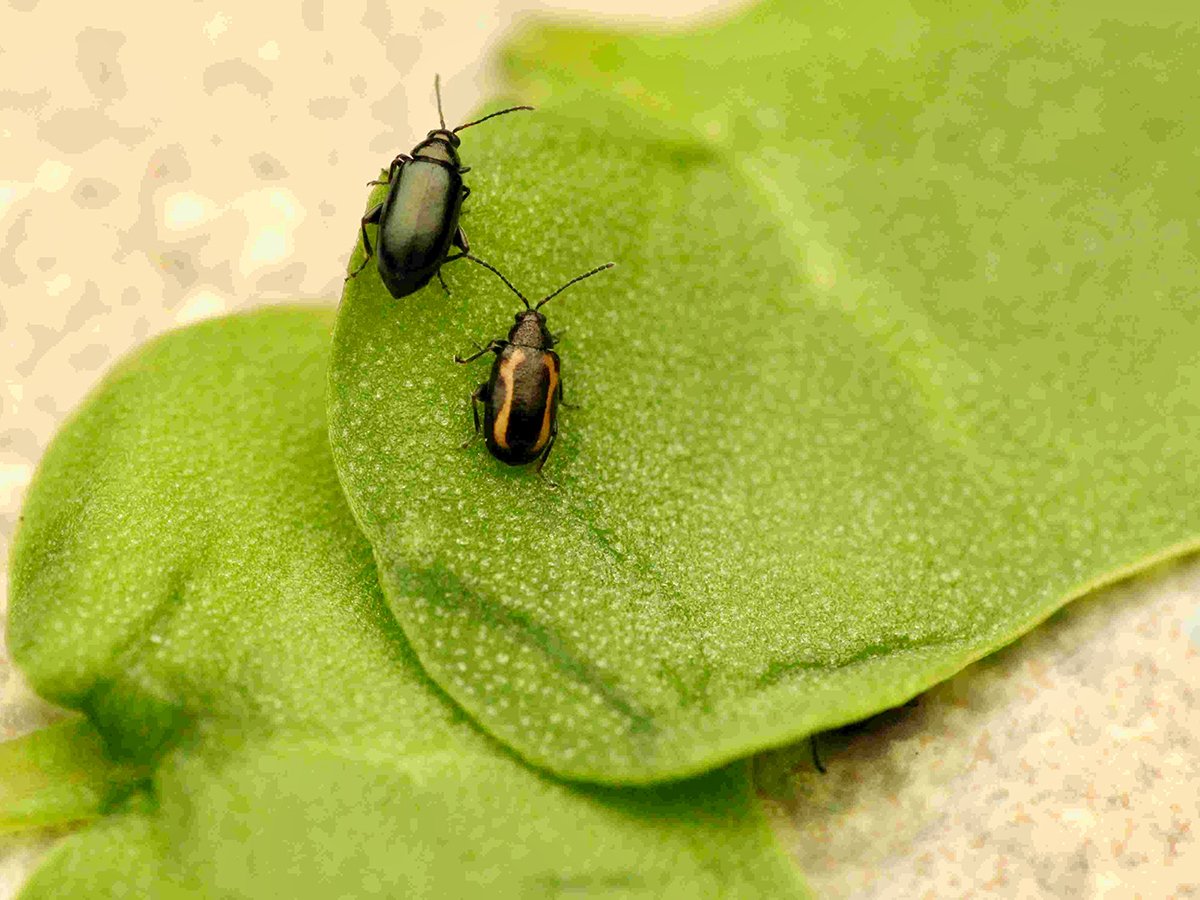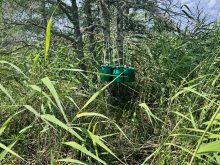No single health program fits all herds when it comes to preventing scours, says a veterinarian.
“Scours control is probably 80 percent management,” said Peter Knight, a veterinarian with Pfizer Animal Health in Calgary.
Bad weather, overcrowding, poor sanitation and stress can lead to diarrhea in calves, which is a major cause of death in cattle younger than six weeks.
Producers need to work with their veterinarians to customize a health program that includes management, calving timing and a vaccination plan. Producers who delay calving later in the spring may have fewer problems.
Read Also

Research looks to control flea beetles with RNAi
A Vancouver agri-tech company wants to give canola growers another weapon in the never-ending battle against flea beetles.
“If you calve later, when the cattle are more dispersed and even out on pasture so that you don’t have the crowding, that has greatly reduced the overall amount of scours,” Knight said.
Vaccines are available to inoculate cows before calving so that the antibodies are present in the colostrum, such as an updated version of a 20-year-old vaccine that Pfizer released in Canada last year.
These need to be administered twice to build the cow’s immunity before calving.
It is difficult to know how many producers vaccinate or how many need to immunize their cows.
“Depending on the circumstances, if you are calving out on pasture where cattle are calving later and you have had no scours problems, I don’t know if it is necessary,” Knight said.
However, cutting costs on veterinary care and buying medications may not save much in the long run.
The total cost of buying a feedlot steer and its feed is about 80 percent of the producer’s cost.
“Health costs are a small percentage of the total investment so it is not an area that should be the first things looked at, he said. “There are a lot of the management areas where cost savings can be improved.”
If the dams were not vaccinated, a calf may receive oral medication at birth before it nurses for added protection against rotovirus and coronavirus.
The calf also needs to receive colostrum as soon as possible from its mother or a foster mother from the same farm.
“Unless that calf gets that colostrum, you have wasted your money on vaccine,” Knight said.
A number of agents are responsible for scours: coronavirus, rotavirus, bacteria and parasites such as giardia and cryptosporidia. A combination of these may cause disease.
Scours can occur without warning, and sick calves need to be treated and rehydrated with fluid therapy.
Alberta Agriculture recommends administering fluids, electrolytes and energy. Fluid cannot be absorbed from the gut unless it contains electrolytes (salts) in proper proportions.
Scouring calves should receive at least 10 percent of their body weight in fluids and electrolytes if scouring is mild, and more if it is severe. Producers should use a high quality electrolyte mixture administered with a stomach tube, twice daily.
Do not mix fluid and electrolytes with milk, because the milk will curdle and be of no benefit.
Antibiotics may also be needed to treat E. coli infection.
The most prevalent bacteria strain in cattle is F-5 positive E. coli, previously called K-99 E. coli. It is not related to the strain that can cause food poisoning in humans.
Some animals recover completely from a bout of scours while others have lifetime problems. It depends on the severity of the disease and the cause. Knight said the disease can damage the animal’s ability to absorb nutrients from its feed and reduce its future productivity.

















